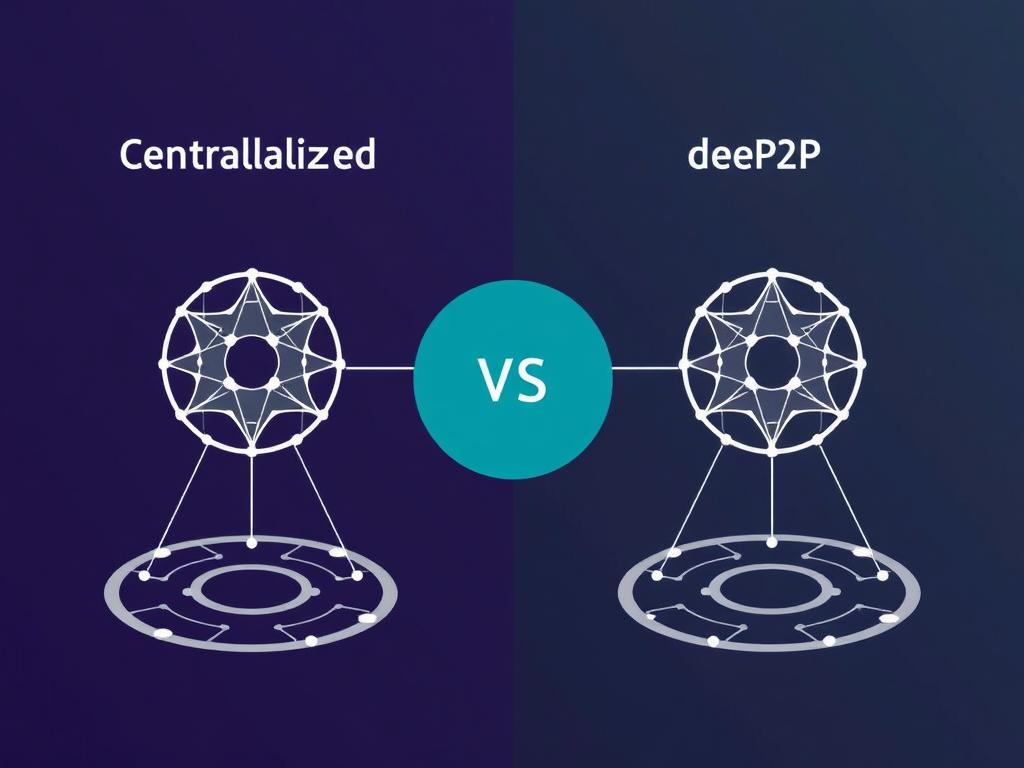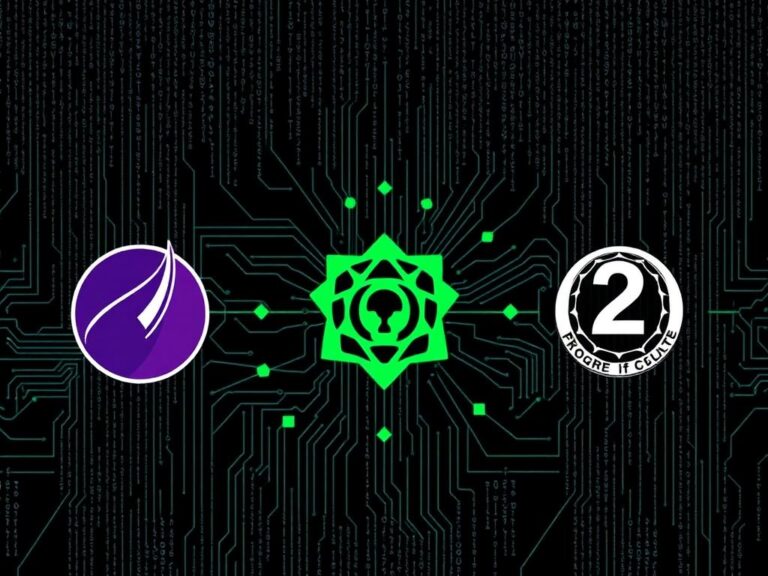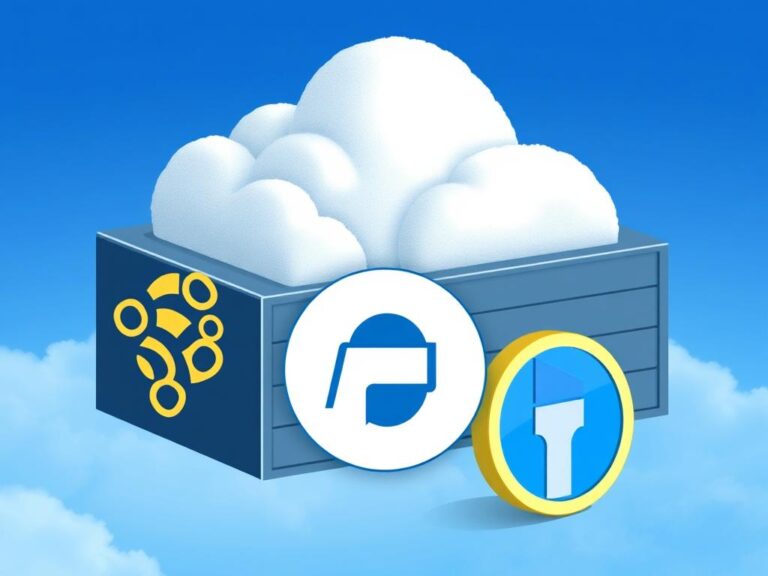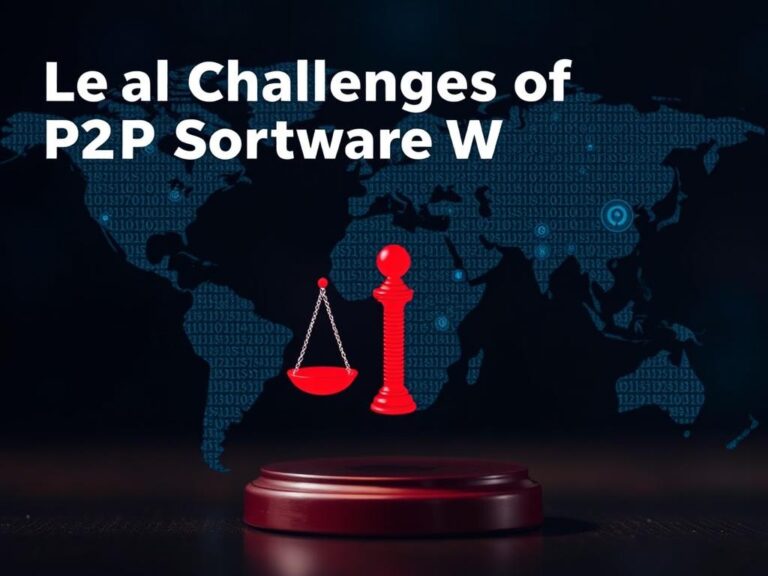Centralized vs. Decentralized vs. P2P Networks: Understanding the Foundations of Connectivity
In today’s interconnected world, the way devices and systems communicate with each other shapes everything from how we browse the internet to how cryptocurrencies operate. When diving into the world of networking, you’ll encounter three primary models: centralized, decentralized, and peer-to-peer (P2P) networks. Each has distinct characteristics, advantages, and challenges that influence their use in various applications. Whether you’re a tech enthusiast, a business owner, or just someone curious about how your devices talk to one another, understanding these network models is essential. Let’s explore these concepts step by step to uncover what makes each network model unique and invaluable in our digital landscape.
What are Centralized Networks?
Centralized networks are perhaps the most familiar to most of us. Imagine a simple hub-and-spoke system where all communication passes through a single central node or server. In this setup, the central server acts as the “brain” of the network, managing and controlling data flow between all connected devices. When you send an email, access a website, or connect to your favorite social media platform, chances are you’re interacting with a centralized network.
This model offers several clear benefits. For one, centralized networks are easy to manage because there’s only one main control point. System updates, security settings, and user permissions can be streamlined. Additionally, troubleshooting becomes simpler as administrators focus on a singular node. However, centralized networks also have drawbacks. The most significant one is the risk of a single point of failure. If the central server goes down, the entire network can become inaccessible, which can be catastrophic for businesses or services that rely on uninterrupted connectivity.
Examples of Centralized Networks
- Corporate internal networks with a main server
- Traditional web hosting and websites
- Online services like Google and Facebook
Exploring Decentralized Networks
Decentralized networks introduce an interesting twist to the concept of connectivity by spreading control and data across multiple nodes instead of relying on a single central server. This means there isn’t just one point of authority or failure. Each node in the network can communicate with others directly or indirectly, creating a more robust and resilient system.
One of the main benefits of decentralized networks is improved fault tolerance. Since control is distributed, if one node fails or is compromised, the rest of the network can continue operating smoothly. Decentralized models also tend to offer better scalability and flexibility because adding or removing nodes doesn’t drastically affect the system’s overall performance.
However, managing decentralized networks can be more complicated because there isn’t a unified control point. Synchronization of data among nodes and consensus on actions can require advanced protocols, which may introduce complexity and delays.
Where Decentralized Networks Shine
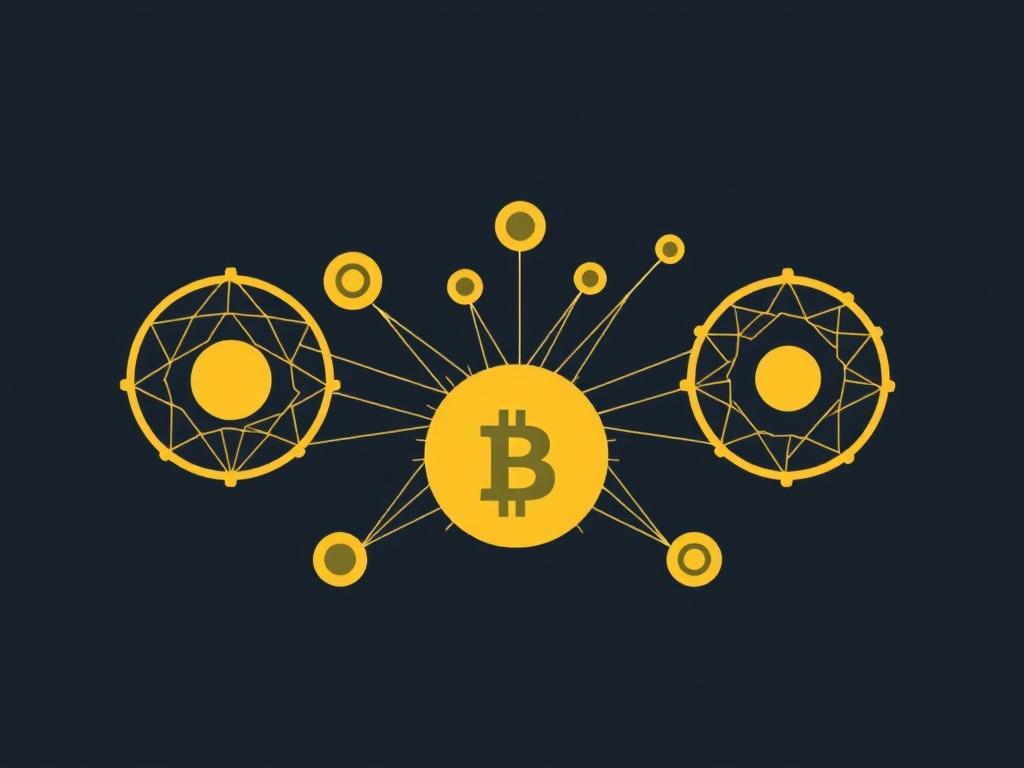
- Blockchain and cryptocurrency platforms like Bitcoin and Ethereum
- Distributed databases and storage systems
- Content delivery networks (CDNs)
Peer-to-Peer (P2P) Networks: The Power of Equality
Peer-to-peer networks represent a distinct type of decentralized architecture emphasizing equality among nodes. In a P2P network, each participant (or peer) acts as both a client and a server. This design eliminates the need for a central coordinator, allowing users to share resources such as files, processing power, or bandwidth directly with each other.
A classic example of P2P technology is file sharing applications like BitTorrent. Instead of downloading a file from one central server, users obtain different pieces of the file from multiple peers simultaneously. This method enhances efficiency, speed, and availability while reducing dependency on any single device.
P2P networks also pave the way for innovations in distributed computing and collaborative platforms. However, they come with their own challenges. Since no central authority regulates the network, security issues, such as data integrity and malicious actors, can be harder to control. Managing and verifying trust between peers requires sophisticated mechanisms.
Common Uses of P2P Networks
- File sharing applications and media distribution
- Cryptocurrencies like Bitcoin, which use P2P for transaction validation
- Decentralized communication tools such as some voice-over-IP (VoIP) services
Comparative Table: Centralized vs. Decentralized vs. P2P Networks
| Feature | Centralized Network | Decentralized Network | Peer-to-Peer (P2P) Network |
|---|---|---|---|
| Control | Single central authority | Distributed among multiple nodes | Distributed equally among all peers |
| Single Point of Failure | Yes | No | No |
| Scalability | Limited by central server capacity | Highly scalable | Highly scalable |
| Management | Simple and centralized | Complex synchronization needed | Complex peer coordination |
| Security | Centralized security controls | Improved fault tolerance | Challenging trust and security |
| Examples | Corporate servers, Web hosting | Blockchain, CDNs | BitTorrent, Bitcoin |
Choosing the Right Network Model
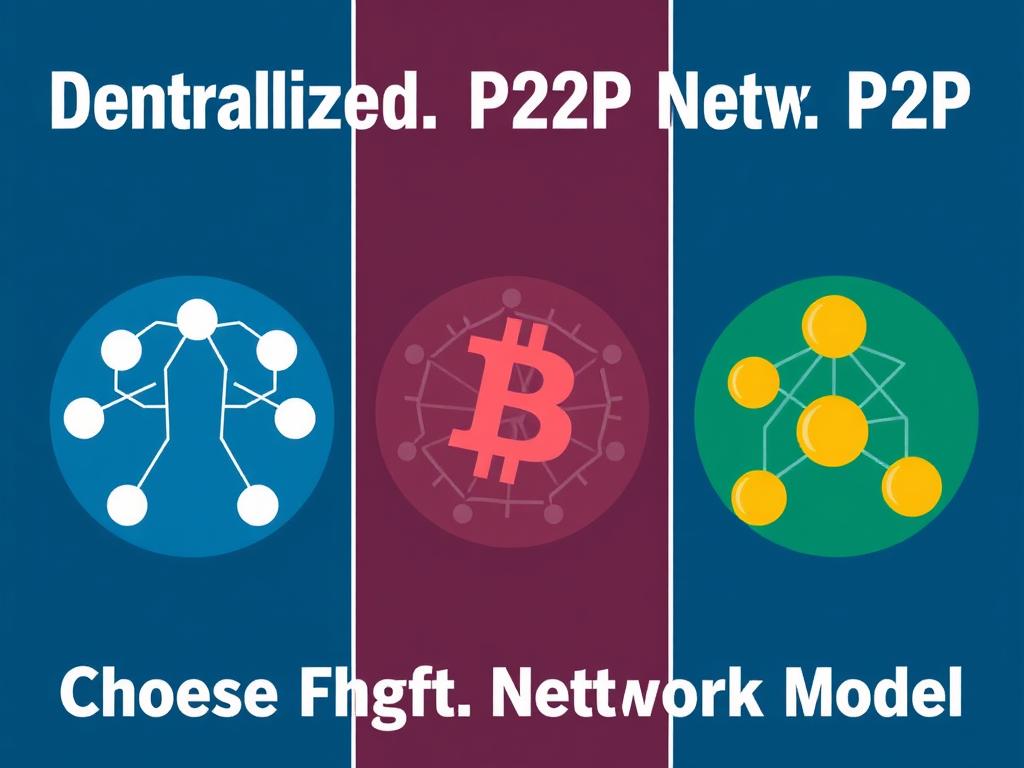
You might be wondering which network model is the “best” choice. The truth is, there’s no one-size-fits-all answer. The ideal network architecture depends heavily on the specific requirements and goals of your project or organization.
For instance, if you need quick, easy management and centralized control—perhaps for a small company intranet—then a centralized network might be the way to go. On the other hand, if you’re building a system that requires high resilience, fault tolerance, and scalability, a decentralized or P2P network could better fit your needs.
When security and trust are paramount, decentralized blockchains use P2P networks but also incorporate consensus mechanisms to ensure data integrity. Meanwhile, for media distribution or collaborative file sharing, P2P networks provide speed and availability that centralized alternatives might struggle to match.
Factors to Consider When Choosing a Network Model
- Control Needs: Do you require strict centralized control or distributed authority?
- Reliability: How critical is fault tolerance and avoiding downtime?
- Scalability: Will your network need to grow significantly over time?
- Security: What level and type of security challenges are expected?
- Cost: What are the budgeting considerations for setup and maintenance?
Real World Impact: How These Networks Shape Technology
Each network type influences important technological trends and industries. Centralized networks power most of today’s internet services, making access simple and familiar but vulnerable to targeted attacks or outages. Decentralized networks underpin blockchain technologies, enabling revolutionary financial systems and smart contracts without central banks or authorities. Peer-to-peer networks have democratized content distribution, making sharing fast and accessible while reducing barriers.
Beyond technology, the philosophical implications are intriguing. Centralized architectures emphasize control and authority, while decentralized and P2P networks foster collaboration and shared responsibility. This reflects broader societal shifts towards transparency, openness, and resilience.
Summary Table: Common Applications by Network Type
| Network Type | Industry/Application | Typical Use Case |
|---|---|---|
| Centralized | Enterprise IT, eCommerce | Websites, online stores, email servers |
| Decentralized | Finance, Data Storage | Cryptocurrency ledgers, distributed databases |
| P2P | Media Sharing, Communication | File sharing, decentralized messaging |
Conclusion
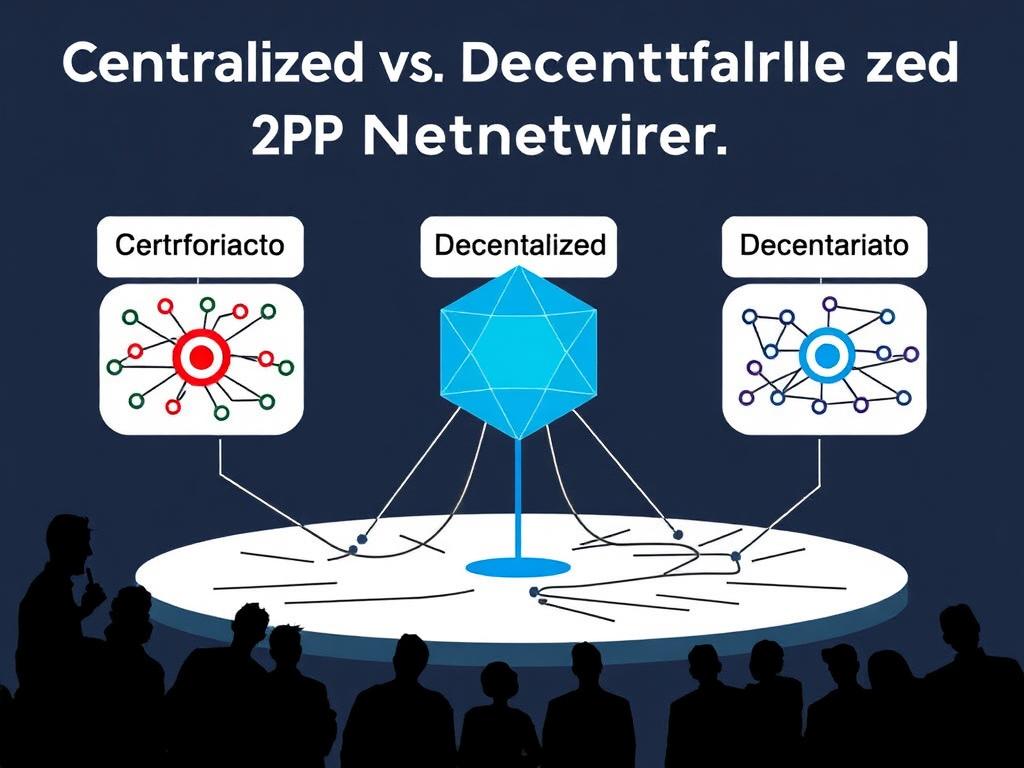
Understanding the differences between centralized, decentralized, and peer-to-peer (P2P) networks equips us to appreciate the complexity and innovation behind everyday digital experiences. Each model has its unique strengths and trade-offs, shaping how data is controlled, shared, and secured. Whether it’s the familiar ease of centralized web services, the resilient promise of decentralized blockchains, or the cooperative power of P2P networks, these architectures continue to evolve and redefine connectivity. By choosing the right network model for your needs, you unlock the potential to build robust, efficient, and secure systems that meet the challenges of our increasingly digital world.
